 Once upon a time in 2000, there was a brand-new underground music collective in the San Francisco Bay Area, presenting a monthly concert series named “Static Illusion/Methodical Madness”. The SIMM series is still going strong today, and its parent organization, Outsound Presents, now additionally puts on the weekly Luggage Store Gallery concert series and the Outsound New Music Summit.
Once upon a time in 2000, there was a brand-new underground music collective in the San Francisco Bay Area, presenting a monthly concert series named “Static Illusion/Methodical Madness”. The SIMM series is still going strong today, and its parent organization, Outsound Presents, now additionally puts on the weekly Luggage Store Gallery concert series and the Outsound New Music Summit.
Outsound acquired a Board of Directors and incorporated its bad self in 2009. Now with a 501(c)(3) IRS determination in hand, it’s a stalwart provider of experimental music, sound art, found sounds, improvisation, noise, musique concrete, minimalism, and any other kind of sound that is too weird for a mainstream gig in the Bay Area.
The upcoming 2011 Outsound New Music Summit is the 10th annual, running from July 17-23, 2011. All events will take place at the San Francisco Community Music Center, 344 Capp Street, San Francisco. Eager listeners can purchase advance tickets online.
Sunday July 17: Touch the Gear Exposition
Outsound’s free opening event allows the public to roam among the Summit’s musicians and sound artists and their sonic inventions, asking questions, making noise and learning how these darn things work.
Monday July 18: Discussion Panel: Elements of non-idiomatic compositional strategies
Another free public event in which composers Krys Bobrowski, Andrew Raffo Dewar, Kanoko Nishi and Gino Robair will discuss the joys and pains of creating new works some of which to be premiered in The Art of Composition. The public is invited to participate in a Q&A session.
Wednesday July 20: FACE MUSIC
This concert is devoted to the voice, the world’s oldest instrument, and artists who expand its horizons: Theresa Wong, Joseph Rosenzweig, Aurora Josephson, and Bran…(POS).
Thursday July 21: The Freedom of Sound
A night of operatic free expression, and power of spontaneous sound from Tri-Cornered Tent Show featuring guest vocalist Dina Emerson, Oluyemi and Ijeoma Thomas’ Positive Knowledge, and Tom Djll’s “lowercase big band”, Grosse Abfahrt with special guest Alfred Harth (A23H).
Friday July 22: The Art of Composition
Gino Robair premieres his Aguascalientes suite based on scenes captured by Jose Guadalupe Posada, Andrew Raffo Dewar’s Interactions Quartet performs Strata (2011) dedicated to Eduardo Serón, Kanoko Nishi premieres her graphic scores along with bassist Tony Dryer, and Krys Bobrowski offers Lift, Loft and Lull, a series of short pieces exploring the sonic properties of metal pipes and plates and the use of balloons as resonators.
Saturday July 23: Sonic Foundry Too!
In a sequel to the first Sonic Foundry performance in 2006, 10 musical instrument inventors are paired up in 5 collaborations: Tom Nunn, Steven Baker, Bob Marsh, Dan Ake, Sung Kim, Walter Funk, Brenda Hutchinson, Sasha Leitman, Bart Hopkins, and Terry Berlier.
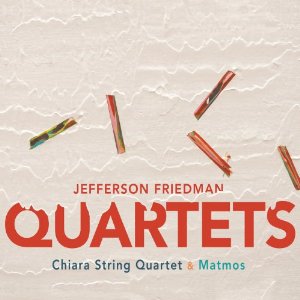
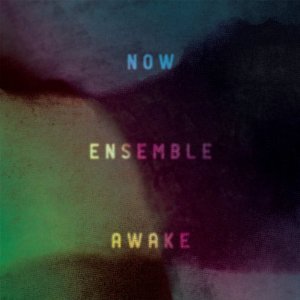

 Once upon a time in 2000, there was a brand-new underground music collective in the San Francisco Bay Area, presenting a monthly concert series named “Static Illusion/Methodical Madness”. The
Once upon a time in 2000, there was a brand-new underground music collective in the San Francisco Bay Area, presenting a monthly concert series named “Static Illusion/Methodical Madness”. The 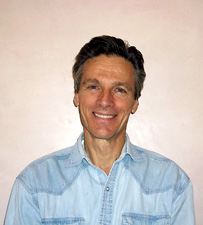
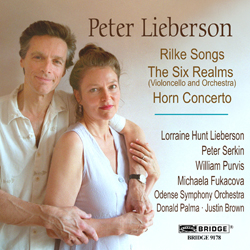
 The San Francisco Bay Area is home to a sizable community of sound artists, instrument inventors, and intonation innovators who spend all their time developing original and never-before-heard ways of relating to music and sound. The local scene got a big national nod in 2008 when
The San Francisco Bay Area is home to a sizable community of sound artists, instrument inventors, and intonation innovators who spend all their time developing original and never-before-heard ways of relating to music and sound. The local scene got a big national nod in 2008 when 

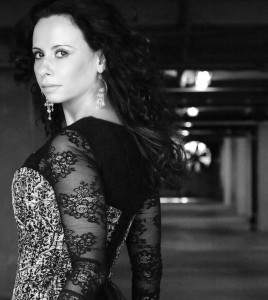
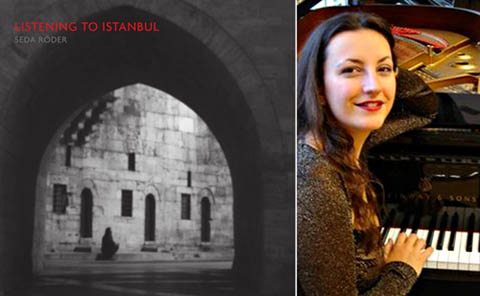
 Steve Reich turns 75 this coming October, and the celebrations have already begun. Later this month is a concert at Carnegie Hall on April 30th. It features the Kronos Quartet in a new piece commemorating a more sombre anniversary: WTC 9/11.
Steve Reich turns 75 this coming October, and the celebrations have already begun. Later this month is a concert at Carnegie Hall on April 30th. It features the Kronos Quartet in a new piece commemorating a more sombre anniversary: WTC 9/11.